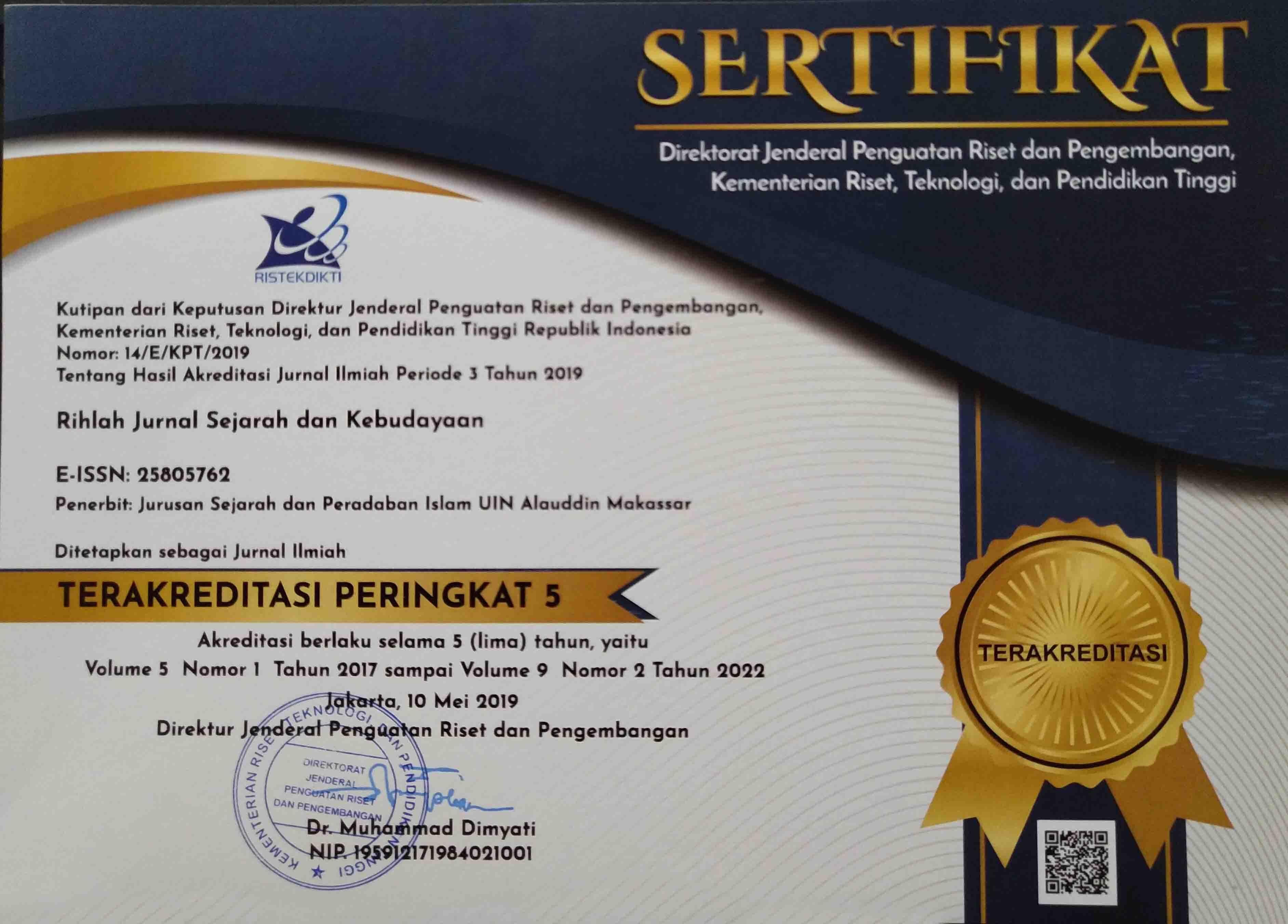Konsekuensi Perang Shiffin Terhadap Kesatuan Umat Islam
Keywords:
Perang Shiffin, konflik politik, sejarah, Islam klasikAbstract
The Battle of Siffin was one of the most decisive conflicts in classical Islamic history. The confrontation between Caliph ʿAli ibn Abi Ṭalib and the Governor of Syria, Muʿawiyah ibn Abi Sufyan, was not merely a military clash but a historical event that demands an in-depth examination of the socio-political dynamics of the Muslim community at that time. This article aims to understand the roots of the Siffin conflict, to trace the political factors underlying its emergence, and to explore how this event provides new insights into the process that led to divisions within Islamic history. This study employs a historical approach with a qualitative-descriptive analytical method. Through this approach, the paper demonstrates that the Battle of Siffin marked a crucial turning point in the transformation of political conflict into ideological and sectarian divisions within the Muslim community. The research shows how narratives of power and political legitimacy influenced the emergence of enduring social and theological fragmentation that continues to shape Muslim societies up to the contemporary era. Data for this study were obtained from various literatures relevant to the research topic. The analytical procedure involved examining the chronology of the Battle of Siffin, identifying key figures, and assessing its impacts on the course of Islamic history.
Perang Shiffin merupakan salah satu konflik paling menentukan dalam sejarah Islam klasik. Pertempuran antara Khalifah Ali bin Abi Thalib dan Gubernur Syam, Muawiyah bin Abi Sufyan, ini bukan sekedar perang militer, tetapi peristiwa historis yang menuntut telaah mendalam terhadap dinamika sosial-politik umat Islam pada masa itu. Artikel ini bertujuan untuk memahami akar-akar munculnya konflik Perang Shiffin, menelusuri faktor-faktor politik yang melatarbelakanginya, serta mengkaji bagaimana peristiwa tersebut dapat memberikan pemahaman baru mengenai proses terbentuknya perpecahan dalam sejarah Islam. Penelitian ini menggunakan pendekatan historis dengan metode analisis kualitatif-deskriptif. Dengan pendekatan tersebut, tulisan ini menunjukkan bahwa Perang Shiffin menjadi titik balik penting dalam transformasi konflik politik menjadi perpecahan ideologis dan sektarian dalam tubuh umat Islam. Penelitian ini memperlihatkan bagaimana narasi kekuasaan dan legitimasi politik dapat berdampak pada fragmentasi sosial dan teologis yang terus diwarisi hingga era kontemporer. Data didapatkan dari literatur-literatur yang relevan dengan judul penelitian. Prosedur analisis dilakukan dengan menelaah kronologi peristiwa Perang Shiffin, tokoh-tokoh penting serta dampaknya dalam sejarah umat Islam.
References
Al-Usairy, Ahmad, Al-Tarikhu Islam Terj. H. Samson Rahman, Sejarah Islam, 11th ed. (Akbar Media, 2012)
Ash-Shalabi, Ali Muhammad, Muawiyah Bin Abu Sufyan Terj. Izzudin Karimi, 1st ed. (Darul Haq, 2012)
Asy-Syahrastani, Al-Mihal Wa Al-Nihal Terj. Asywadie Syukur (PT. Bina Ilmu Offset, 2006)
Audah, Ali, Ali Bin Abi Thalib (Sampai Kepada Hasan Dan Husain), VII (Litera AntarNusa, 2010)
Brata, Yat Rospia, ‘Perang Shiffin’, Jurnal Artefak, 3.1 (2015), pp. 85–95
Haekal, Muhammad Husain, Usman Bin Affan Terj. Ali Audah, 9th ed. (Litera AntarNusa, 2010)
Hitti, Philip K., History of Arabs Terj. R. Cecep Lukman Yasin Dan Dedi Slamet Riyadi, 2nd ed. (PT. Serambi Ilmu Semesta, 2010)
Katsir, Ibnu, Bidayah Wa Nihayah Terj. Asmuni (Pustaka Azzam, 2014)
Lathif, Abdussyafi Muhammad Abdul, Bangkit Dan Runtuhnya Khilafah Bani Umayyah Terj. Masturi Irham Dan Malik Supar, 1st ed. (Pustaka Al-Kautsar, 2014)
M., M. Amin Nurdin, Sejarah Pemikiran Islam (Amzah, 2011)
Published
How to Cite
Issue
Section
License
Once an article was published in the journal, the author(s) are:
- granted to the journal right licensed under Creative Commons License Attribution that allows others to share the work with an acknowledgement of the work's authorship.
- permitted to publish their work online in third parties as it can lead wider dissemination of the work.
- continue to be the copyright owner and allow the journal to publish the article with the CC BY-NC-SA license
- receiving a DOI (Digital Object Identifier) of the work.






